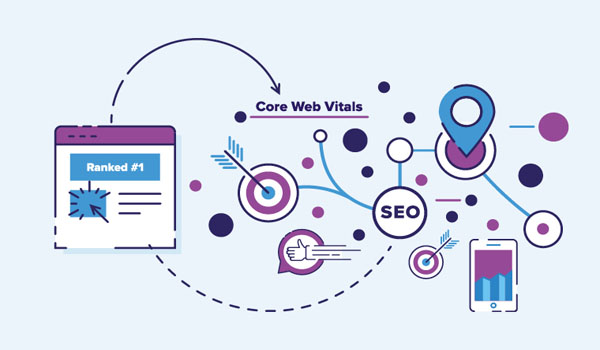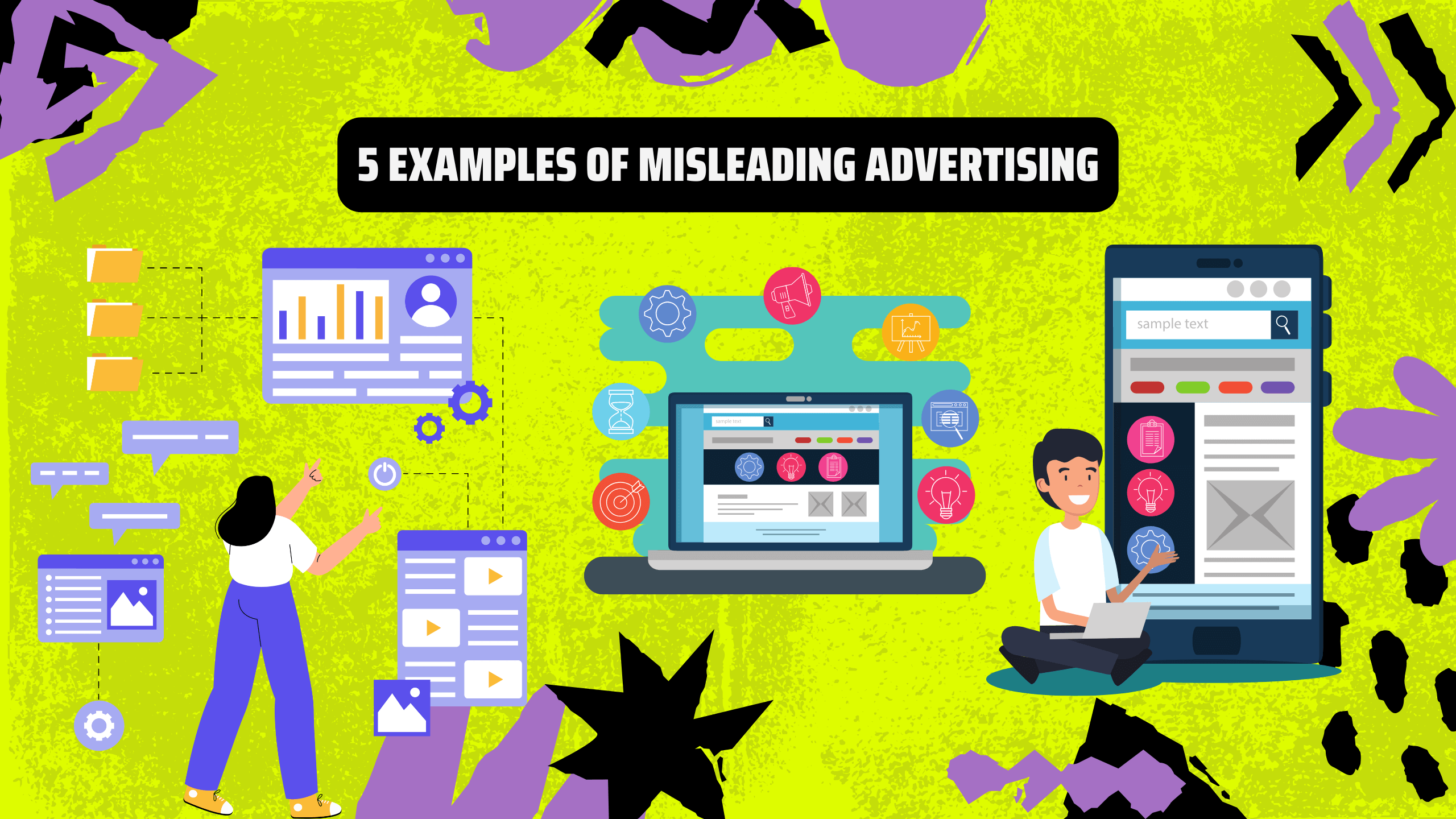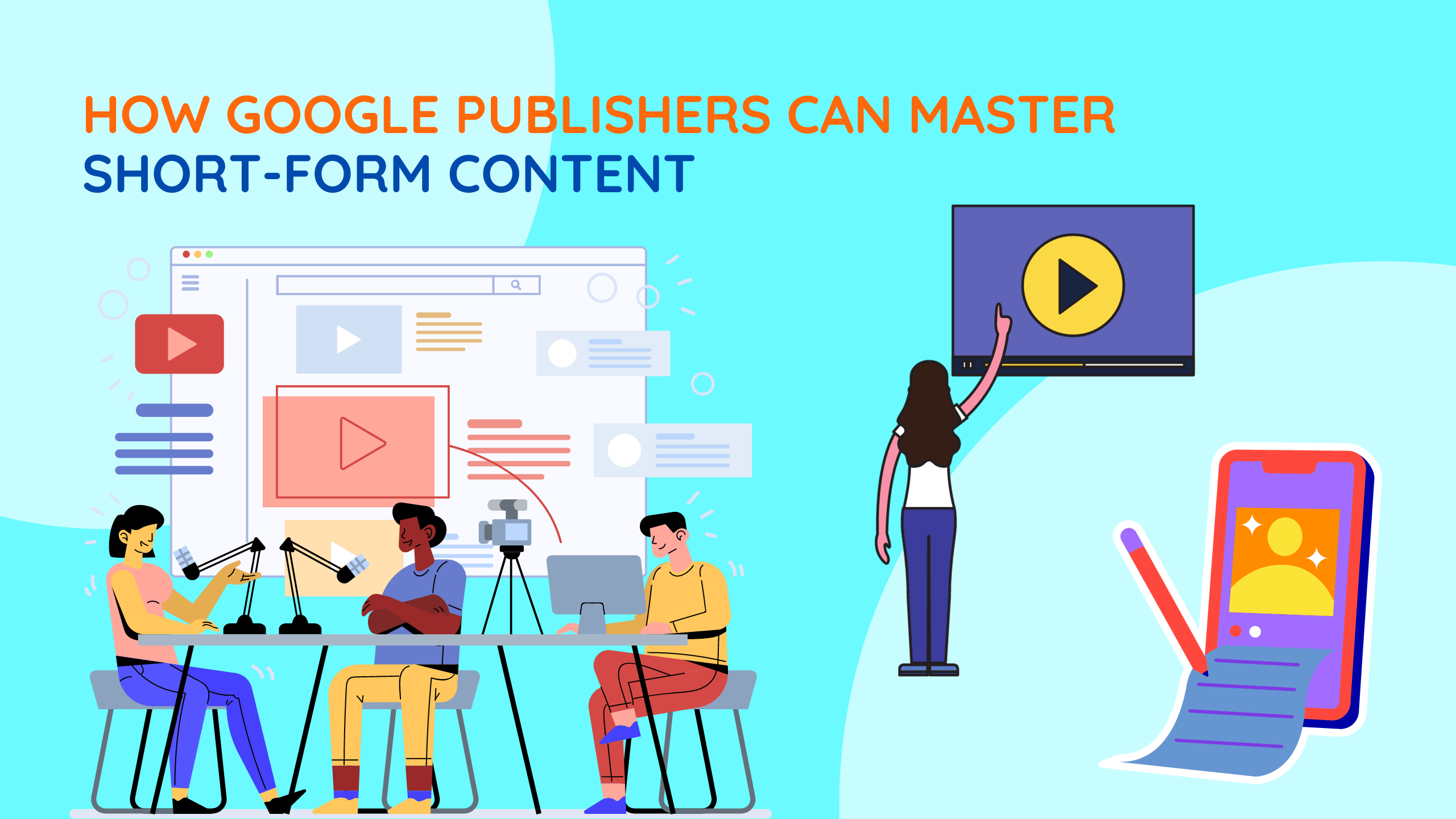In general, Core Web Vitals is a set of essential website metrics including aspects related to user experience on the page. Core Web Vitals are metrics measured by Chrome UX Report and Google Search Console to evaluate website performance and rank SEO scores. Each metric represents an aspect of user experience, corresponding to different factors, which you can learn more about in the following article. Understanding customer questions, Netlink would like to provide a few questions and knowledge that have been aggregated by Google to better support users when using core web vitals.
1. What’s new?
Compared to the original version, quite a few have been updated, and for comparison, you can compare the old document with the new one by scanning both.
Malte Ubl, Software Engineer at Google, said on Twitter, as follows: “We have published Google Site Experience Ranking FAQs to answer questions such as: Core Web Vitals Data where? How is the score calculated for a URL that was recently published and has not generated data in 28 days? …and much more.”
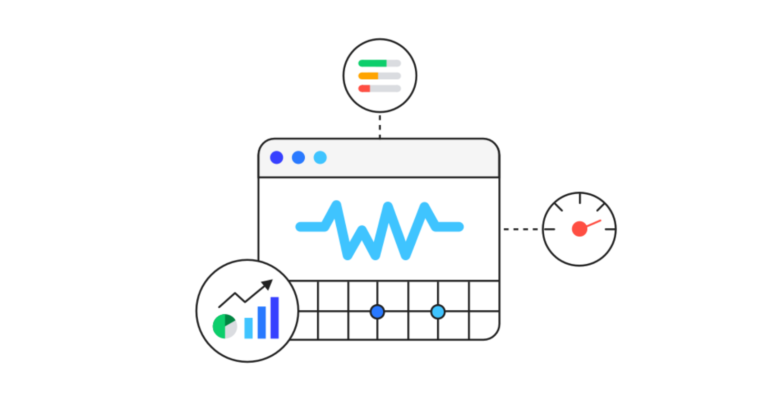
“In December of last year, we published a Core Web Vitals FAQ & Site Experience set based on the questions you would like us to answer. We received a lot of positive feedback and a lot of people wrote to us saying they found the answer helpful. We came back with more answers to the questions we received during that time. We’ve organized the questions in this post into three sections: Metrics & Tools, Site Experience & Search, and AMP. We hope you find these helpful, ”- Google said.
2. What’s outstanding?
One big item that stands out for the Google side is how Google will prioritize ranking for the most relevant content, though how poor it can be compared to Core Web Vitals score.
“Our system will continue to prioritize pages with the best information overall, even if some aspects of the site experience are sub-criteria. A good site experience doesn’t replace having great, relevant content, ”writes Google.

Google also said those pages would still “qualify for the Top Stories carousel if my site doesn’t remove Core Web Vitals”.
3. Things you might not know about Core Web Vitals
With Google’s Page Experience Update coming out in May, we’re all ready to make sure our sites stay stable with this update. Not sure how big the ranking factors will be, but even if this is a small ranking system, doing the work of changing the user experience of your website, can help to make the user happier and more likely to convert the website’s increased rate and performance.

Here are some of the top FAQs we think search marketers should focus on today:
Question 1: Where does Core Web Vitals data come from Search?

Answer: The data comes from the Chrome User Experience Report, based on an actual number of visits and user interactions with websites. To be clear, the data is not calculated based on a lab simulation of a page load or on the visit of a non-human visitor like Googlebot.
Question 2: The 3rd party services I use (such as Client-Side A / B Testing, Social Embedding, Personalization Tools, Comment Systems, etc.) are slowing down my website. I?
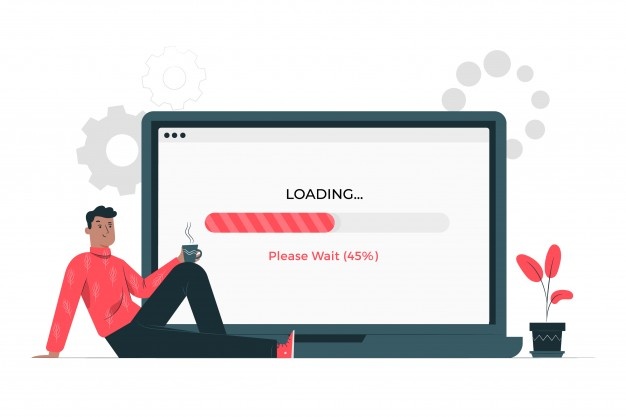
Answer: Websites may choose to use a variety of third-party codes and services. The Core Web Vitals metrics make no difference in these choices, but consider the total number of site experiences the end-user sees. Like all the other features on a page, it can help to regularly assess the impact of third-party components on the Core Web Vitals experience. There may be an improved form of integration or configuration to improve the user experience and will be reflected with improved Core Web Vitals metrics. Check out these resources from the web dev on how to optimize third-party JavaScript on your pages.
Question 3: Why would Google’s guidelines use the same CWV threshold for all page types? For example, the homepage of a newspaper does not look like an article and does not look like a comment page.
Answer: Core Web Vitals is understood as basic metrics applicable to all types of pages. To determine the threshold scope, we analyzed many different pages and based on research that focused on the core requirements of user experience without any site type.
Question 4: What is Page Experience Updates and how important does it compare to other ranking signals?

Answer: The Page Experience Update introduces a new signal that Google search algorithms will use along with hundreds of other signals to determine the best content to show for a single query. The system will continue to prioritize pages with the best information overall, even if some aspects of the site experience are sub-criteria. A good site experience doesn’t replace having great, relevant content. This is similar to changes Google has had in the past, such as a mobile-friendly update or speed update.
As with those signals, page experience will be more important in these types of “bound” situations. If there are multiple pages of similar quality and content, those with a better site experience may outperform those that don’t. In a nutshell, publishers should not worry that when we start using the site experience, that they could experience an immediate significant drop if they’re still working on improvements. But publishers should focus on making those improvements a relative priority over time. This is because more and more websites continue to improve their site experience, which will be the standard publishers will want to match.
Question 5: Is Core Web Vitals a ranking factor when using Google Search on non-Chrome browsers?

Answer: Yes. Site experience ranking signals, based on Core Web Vitals, are applied globally across all mobile browsers.
If you have any further questions, please contact Netlink for the earliest support advice via email: [email protected]

